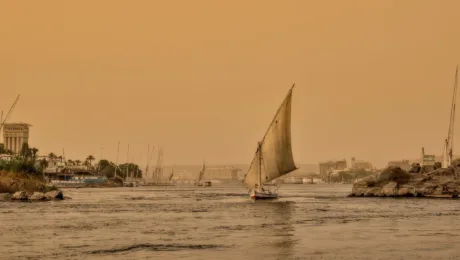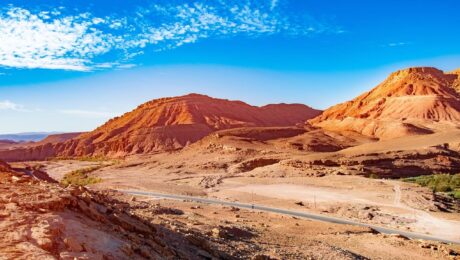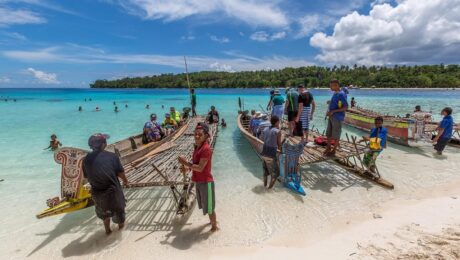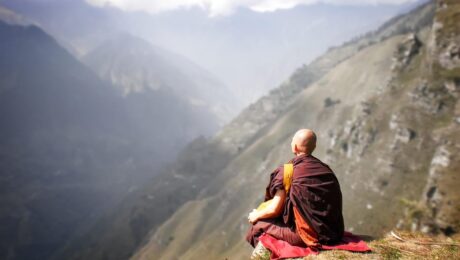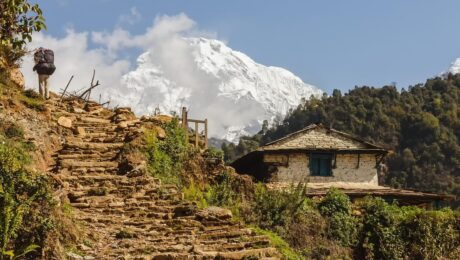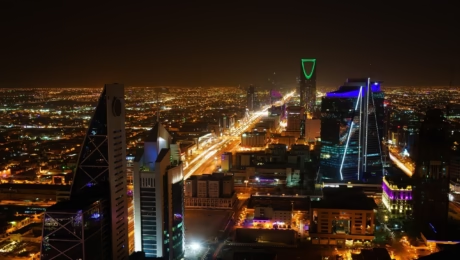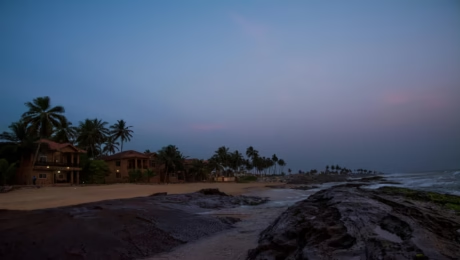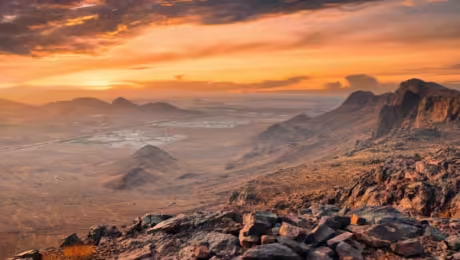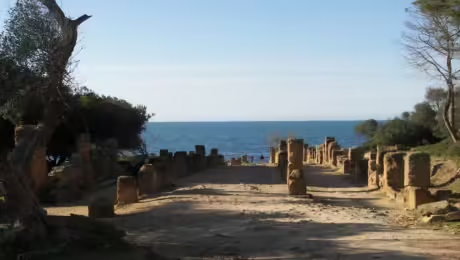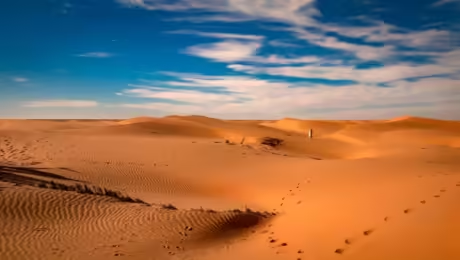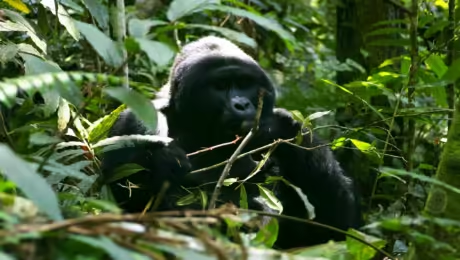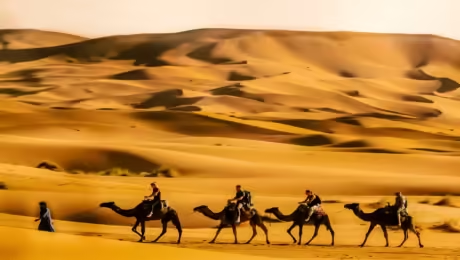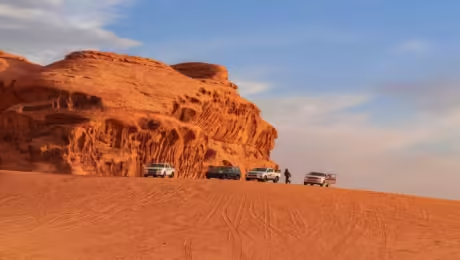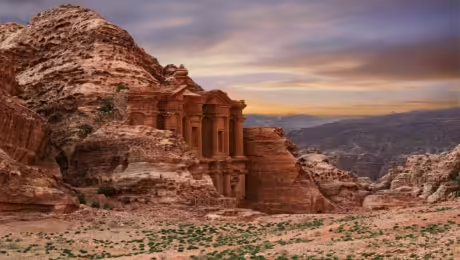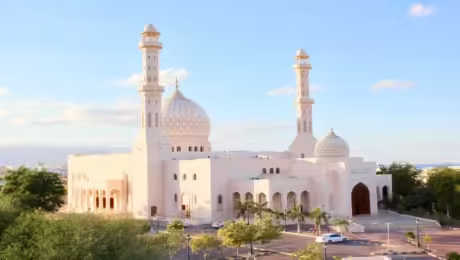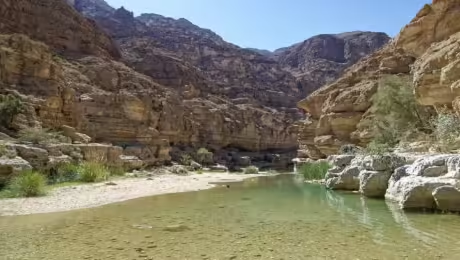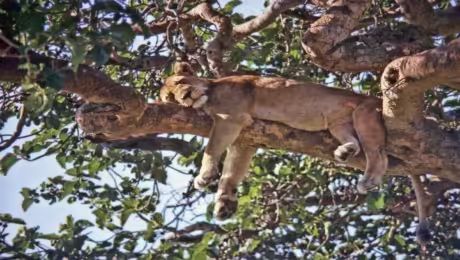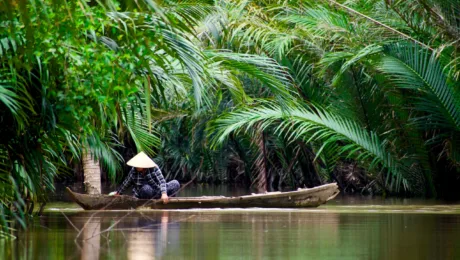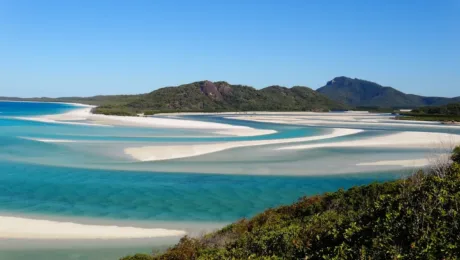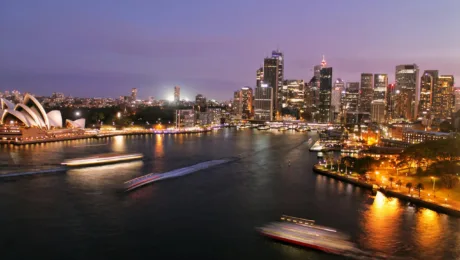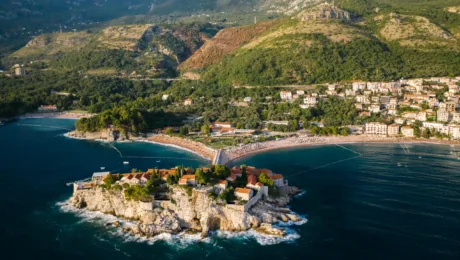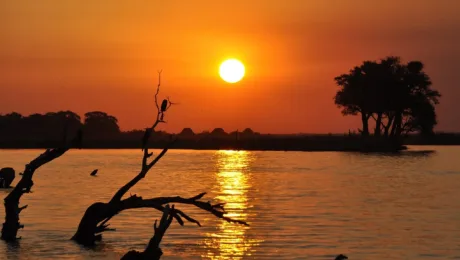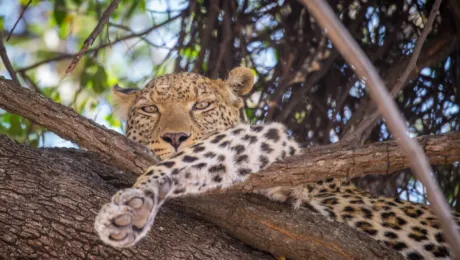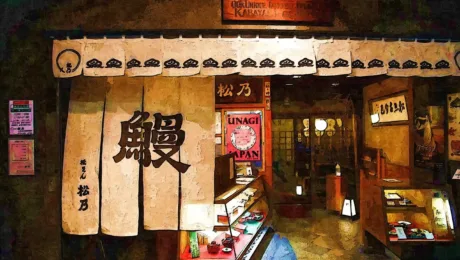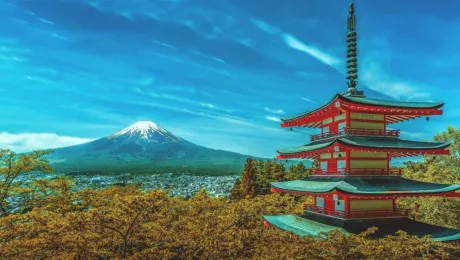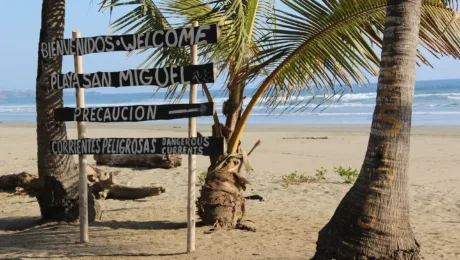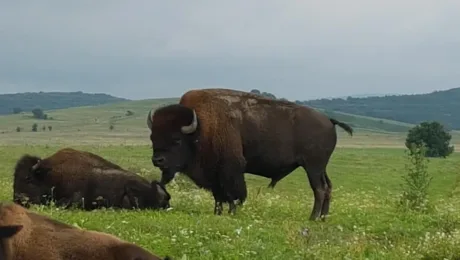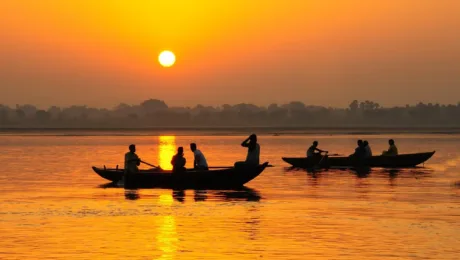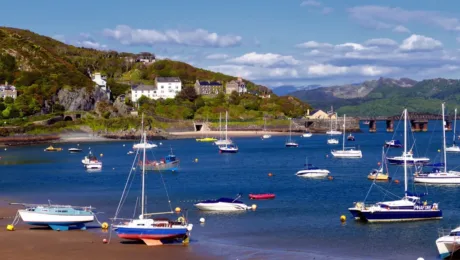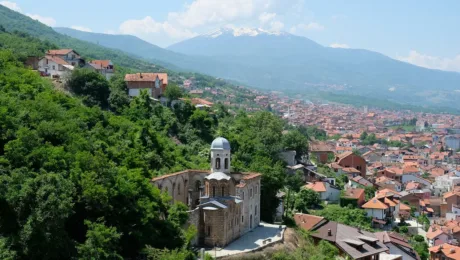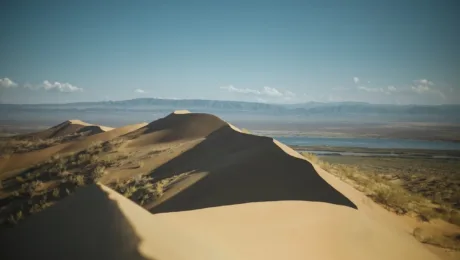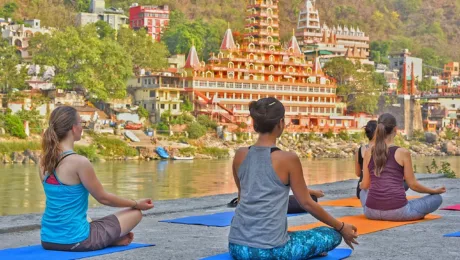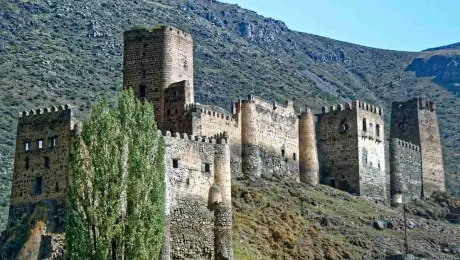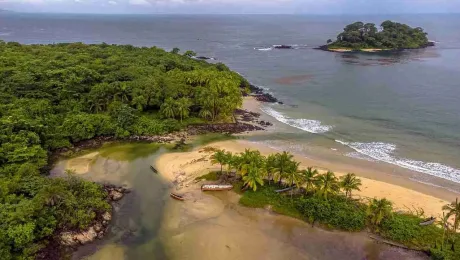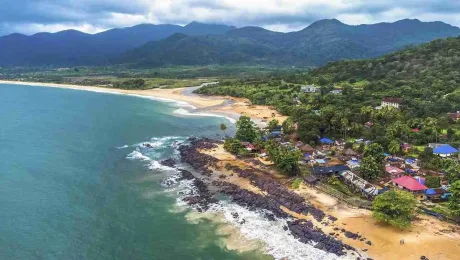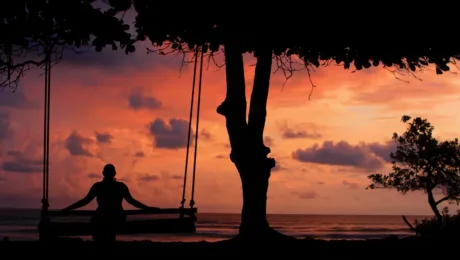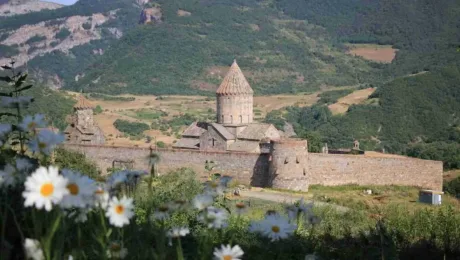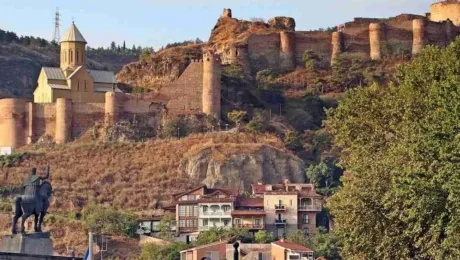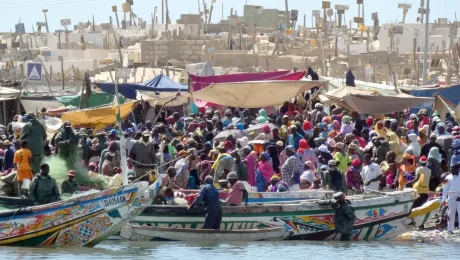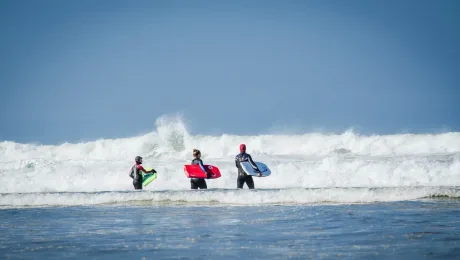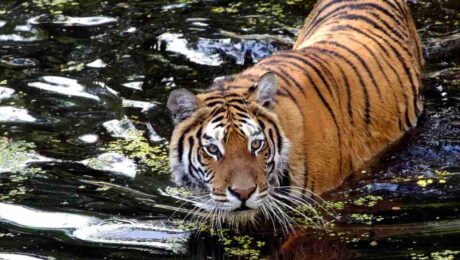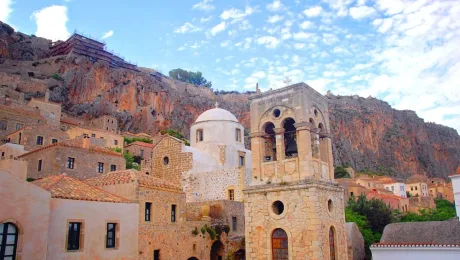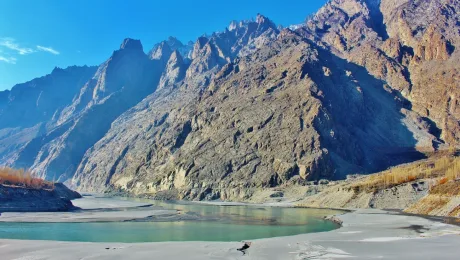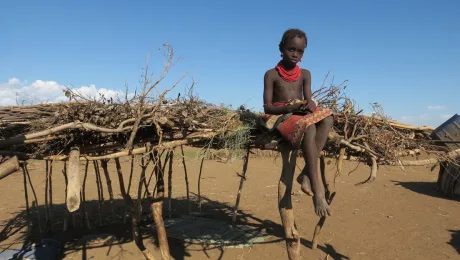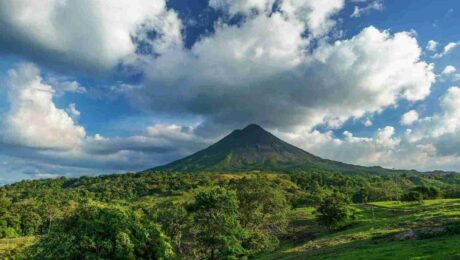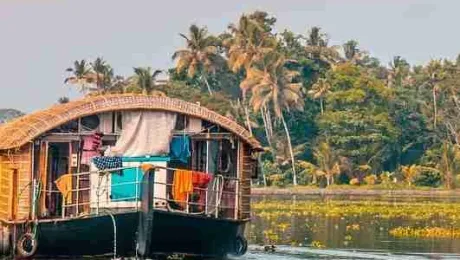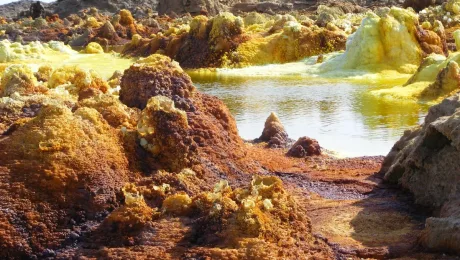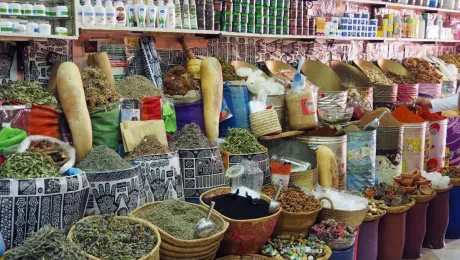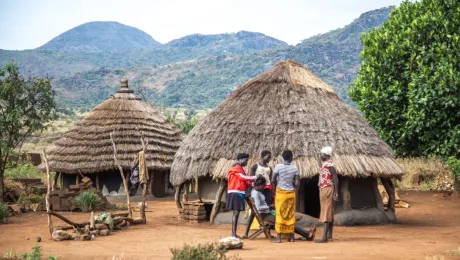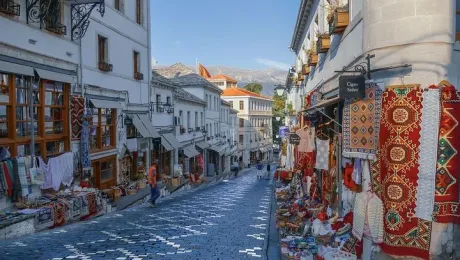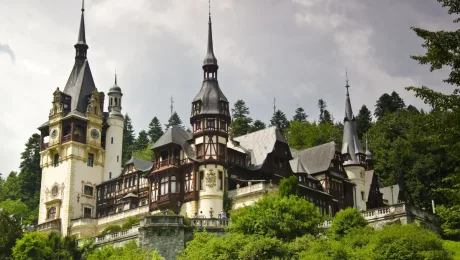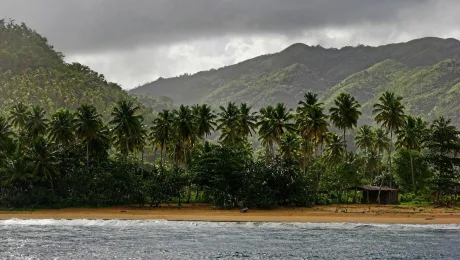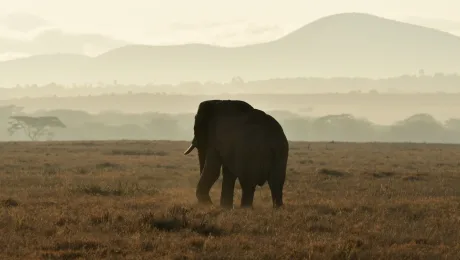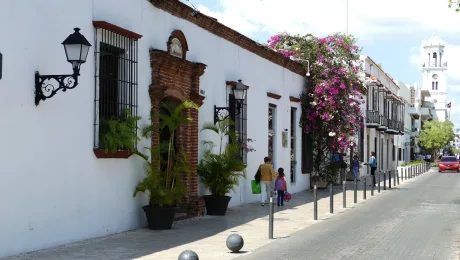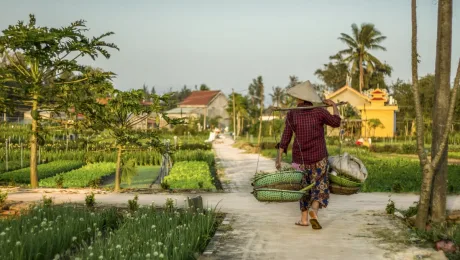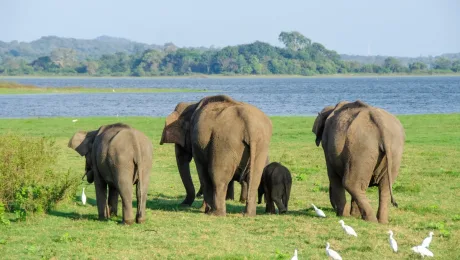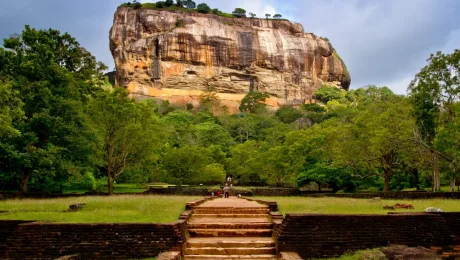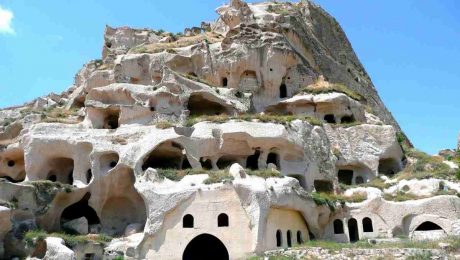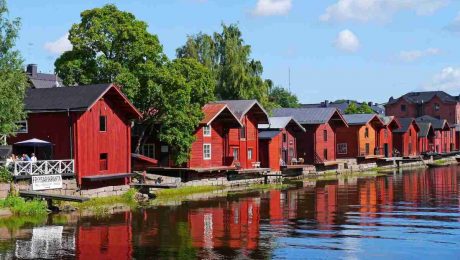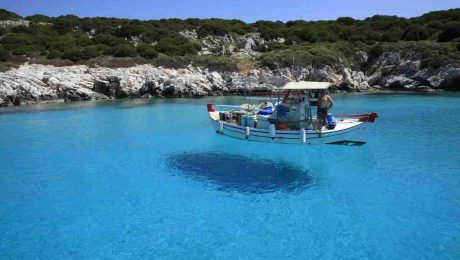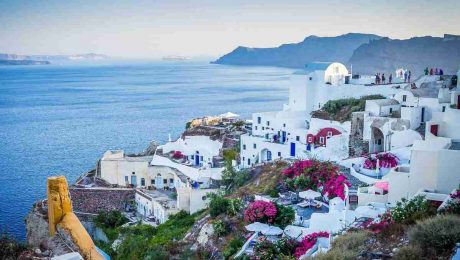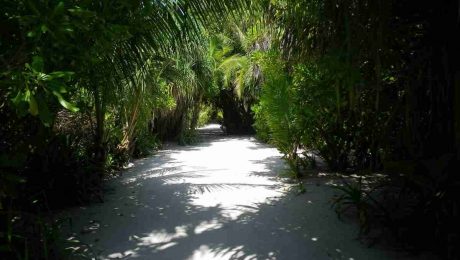Egypt Highlights
Wednesday, 17 December 2025
by Ruby
- Published in Tour
West Africa Overland – Marrakech to Cotonou
Saturday, 22 November 2025
by Our Local Tour
- Published in Tour
Rwanda Small Group Gorilla Tour
Tuesday, 11 November 2025
by Our Local Tour
- Published in Tour
Guinea-Bissau and the Bijagos Islands Tour
Monday, 27 October 2025
by Our Local Tour
- Published in Tour
Senegal – Saint Louis Jazz Festival Tour
Tuesday, 14 October 2025
by Our Local Tour
- Published in Tour
Maldives Whale Shark Snorkelling Cruise
Monday, 23 June 2025
by Our Local Tour
- Published in Tour
Maldives Sea Turtle Conservation Cruise
Monday, 23 June 2025
by Our Local Tour
- Published in Tour
Nepal – Kathmandu Beyond the Ordinary
Wednesday, 30 April 2025
by Our Local Tour
- Published in Tour
Nepal – The Real Nepal Tour
Thursday, 17 April 2025
by Our Local Tour
- Published in Tour
Maldives Whale Shark Conservation Research Expedition
Thursday, 27 February 2025
by Our Local Tour
- Published in Tour
Saudi Arabia Small Group Tour
Tuesday, 10 December 2024
by Our Local Tour
- Published in Tour
Ghana, Togo and Benin Group Tour
Friday, 15 November 2024
by Our Local Tour
- Published in Tour
Tagged under:
group
Discover Saudi Arabia Tour
Tuesday, 12 November 2024
by Our Local Tour
- Published in Tour
Highlights of Northern Algeria
Monday, 11 November 2024
by Our Local Tour
- Published in Tour
Journey to the Algerian Sahara
Friday, 08 November 2024
by Our Local Tour
- Published in Tour
The Best of Uganda Small Group Tour
Wednesday, 04 September 2024
by Our Local Tour
- Published in Tour
Saudi Arabia and Jordan Combined Tour
Wednesday, 14 August 2024
by Our Local Tour
- Published in Tour
Tagged under:
Jordan, Madaba, MJerash, Mt. Nebo, Petra., private, Saudi Arabia, the Dead Sea, tours, Wadi Rum
The Wonders of Jordan Tour
Wednesday, 14 August 2024
by Our Local Tour
- Published in Tour
Around the Middle East in 30 Days
Wednesday, 10 July 2024
by Our Local Tour
- Published in Tour
United Arab Emirates and Oman Combined Tour
Monday, 08 July 2024
by Our Local Tour
- Published in Tour
Explore Oman Private Tour
Monday, 08 July 2024
by Our Local Tour
- Published in Tour
Uganda Small Group Tour
Monday, 24 June 2024
by Our Local Tour
- Published in Tour
A Taste of Vietnam
Thursday, 16 May 2024
by Our Local Tour
- Published in Tour
Villages of Vietnam Escorted Tour
Wednesday, 15 May 2024
by Our Local Tour
- Published in Tour
East Coast Australia Holiday
Monday, 29 April 2024
by Our Local Tour
- Published in Tour
Southern Australia Holiday
Friday, 26 April 2024
by Our Local Tour
- Published in Tour
Australia Highlights Holiday
Friday, 26 April 2024
by Our Local Tour
- Published in Tour
Explore Bangladesh Holiday
Thursday, 25 April 2024
by Our Local Tour
- Published in Tour
Balkans Itinerary – Albania and Montenegro
Monday, 22 April 2024
by Our Local Tour
- Published in Tour
Botswana Lodge Safari & Holiday
Friday, 15 March 2024
by Our Local Tour
- Published in Tour
Botswana Leopard Safari & Holiday
Friday, 15 March 2024
by Our Local Tour
- Published in Tour
Egypt History & Red Sea Holiday
Tuesday, 05 March 2024
by Our Local Tour
- Published in Tour
Egypt in Depth Tour
Monday, 04 March 2024
by Our Local Tour
- Published in Tour
Japanese Culinary Heritage Tour
Saturday, 02 March 2024
by Our Local Tour
- Published in Tour
Shoguns and Samurai Japan Tour
Friday, 01 March 2024
by Our Local Tour
- Published in Tour
Costa Rica on a Budget
Monday, 19 February 2024
by Our Local Tour
- Published in Tour
Agricultural Tour of Romania
Saturday, 17 February 2024
by Our Local Tour
- Published in Tour
India Golden Triangle Holiday
Monday, 05 February 2024
by Our Local Tour
- Published in Tour
Wales Self-Drive Tour
Wednesday, 31 January 2024
by Our Local Tour
- Published in Tour
Ghana Ancestral Tour
Sunday, 10 December 2023
by Our Local Tour
- Published in Tour
Tagged under:
homecoming
Explore Uzbekistan Tour
Thursday, 07 December 2023
by Our Local Tour
- Published in Tour
Albania, Kosovo and North Macedonia Tour
Tuesday, 05 December 2023
by Our Local Tour
- Published in Tour
The 5 Stans Tour
Tuesday, 05 December 2023
by Our Local Tour
- Published in Tour
India Yoga Holiday
Friday, 24 November 2023
by Our Local Tour
- Published in Tour
Explore Azerbaijan Tour
Monday, 30 October 2023
by Our Local Tour
- Published in Tour
Azerbaijan, Georgia & Armenia Caucasus Tour
Friday, 20 October 2023
by Our Local Tour
- Published in Tour
Sierra Leone Explorer Tour
Tuesday, 17 October 2023
by Our Local Tour
- Published in Tour
Guinea, Liberia and Sierra Leone Expedition
Friday, 13 October 2023
by Our Local Tour
- Published in Tour
Honeymoon in Costa Rica
Monday, 09 October 2023
by Our Local Tour
- Published in Tour
Discover Armenia
Saturday, 30 September 2023
by Our Local Tour
- Published in Tour
A Week in Georgia Tour
Thursday, 28 September 2023
by Our Local Tour
- Published in Tour
Senegal Explorer Tour
Friday, 25 August 2023
by Our Local Tour
- Published in Tour
Leiria Family Adventure Holiday
Wednesday, 26 July 2023
by Our Local Tour
- Published in Tour
Ancient Ethiopia Tour
Thursday, 13 July 2023
by Our Local Tour
- Published in Tour
Côte d’Ivoire Discovery Tour
Thursday, 13 July 2023
by Our Local Tour
- Published in Tour
On the Tiger Trail Tour
Friday, 07 July 2023
by Our Local Tour
- Published in Tour
Discover the Peloponnese
Wednesday, 05 July 2023
by Our Local Tour
Discover the Peloponnese
- Published in Tour
Pakistan – The Kingdom of Hunza
Wednesday, 21 June 2023
by Our Local Tour
- Published in Tour
Madagascar Wildlife Experience
Wednesday, 21 June 2023
by Our Local Tour
- Published in Tour
Ultimate Ethiopia Tour
Wednesday, 17 May 2023
by Our Local Tour
- Published in Tour
Costa Rica Tailormade Holiday
Monday, 08 May 2023
by Our Local Tour
- Published in Tour
Classic Mexico Tour
Sunday, 07 May 2023
by Our Local Tour
- Published in Tour
Hills and Backwaters of Kerala Tour
Wednesday, 03 May 2023
by Our Local Tour
- Published in Tour
Into the Danakil Depression
Sunday, 23 April 2023
by Our Local Tour
- Published in Tour
Yoga and South of Morocco Adventure
Wednesday, 12 April 2023
by Our Local Tour
- Published in Tour
Food and Wine Adventure in Morocco
Wednesday, 12 April 2023
by Our Local Tour
- Published in Tour
Uganda – The Wild North Tour
Monday, 03 April 2023
by Our Local Tour
Uganda – The Wild North Tour
- Published in Tour
Introducing Albania Tour
Tuesday, 14 March 2023
by Our Local Tour
- Published in Tour
The Best of Romania Holiday
Tuesday, 07 March 2023
by Our Local Tour
- Published in Tour
Kyrgyzstan Nomadic Life Tour
Friday, 03 March 2023
by Our Local Tour
- Published in Tour
The Great Silk Road Tour – Uzbekistan and Kyrgyzstan
Thursday, 02 March 2023
by Our Local Tour
- Published in Tour
Dominican Republic Northern Adventure Tour
Monday, 27 February 2023
by Our Local Tour
Dominican Republic Northern Adventure Tour
- Published in Tour
Uganda Family Safari Holiday
Thursday, 16 February 2023
by Our Local Tour
Uganda Family Safari Holiday
- Published in Tour
Uganda and Rwanda Combined Tour
Thursday, 16 February 2023
by Our Local Tour
Uganda and Rwanda Combined Tour
- Published in Tour
The Ultimate Kenya Safari
Wednesday, 15 February 2023
by Our Local Tour
The Ultimate Kenya Safari
- Published in Tour
Best of Kenya Safari
Tuesday, 14 February 2023
by Our Local Tour
Best of Kenya Safari
- Published in Tour
Discover the Dominican Republic Tour
Wednesday, 08 February 2023
by Our Local Tour
Discover the Dominican Republic Tour
- Published in Tour
Tagged under:
Dominican Republic
Vietnam Off the Beaten Track
Monday, 06 February 2023
by Our Local Tour
- Published in Tour
Sri Lanka Wildlife Tour
Monday, 06 February 2023
by Our Local Tour
- Published in Tour
The Best of Sri Lanka Tour
Saturday, 28 January 2023
by Our Local Tour
The best of Sri Lanka Tour
- Published in Tour
Tagged under:
Sri Lanka
Total Turkey Small Group Tour
Thursday, 17 November 2022
by Our Local Tour
- Published in Tour
The Grand Tour of Morocco
Friday, 30 September 2022
by Our Local Tour
- Published in Tour
Maldives Tour – South Malé Island Hopper
Monday, 12 September 2022
by Our Local Tour
- Published in Tour
Helsinki and Finland Bike Tour
Saturday, 10 September 2022
by Our Local Tour
- Published in Tour
Tailormade Greek Holidays
Friday, 09 September 2022
by Our Local Tour
- Published in Tour
Hidden Greece Escorted Tour
Monday, 29 August 2022
by Our Local Tour
- Published in Tour
Historical Greece with Santorini Tour
Monday, 29 August 2022
by Our Local Tour
Historical Greece with Santorini Tour
- Published in Tour
Escorted Tour of Costa Rica
Thursday, 16 June 2022
by Our Local Tour
- Published in Tour
Undiscovered Maldives Tour
Sunday, 22 May 2022
by Our Local Tour
- Published in Tour
- 1
- 2

